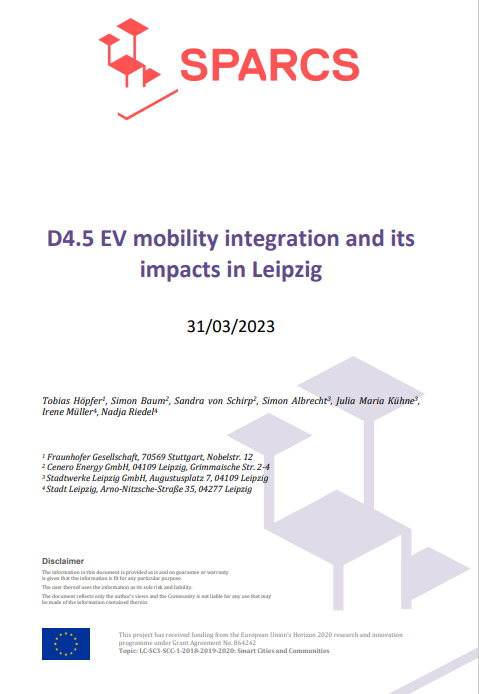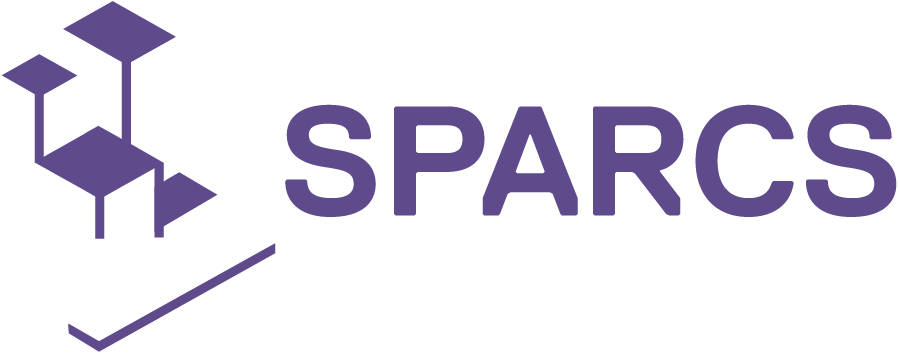D4.5 EV mobility integration and its impacts in Leipzig
This report describes the results of SPARCS work package 4.4 “E-mobility integration,” which was implemented in the project’s Lighthouse City Leipzig. This report reflects the solutions developed and deployed in the SPARCS project to use electric vehicle and bus charging in an electricity system with high shares of renewable electricity sources in a system stabilising manner. Developments in Leipzig as a lighthouse location are taken into account. The
implementations of the three subtasks in WP 4.4 are presented, as well as the main results of the investigations and the replication potential.
First, the approach of the implementation of load-balanced fleet management is described. The aim of the SPARCS fleet management tasks was to help improve Leipzig’s charging infrastructure by upgrading it to intelligent charging and enabling future use cases through it. The developments enable grid-resilient charging, allowing for the implementation of new business models for electric mobility.
Subsequently, the developments regarding E-bus integration are presented. By the year 2021 three bus routes of Leipziger Verkehrsbetriebe (LVB) were electrified, with a fleet total of 21 electric buses. One of the electrified lines serves as the subject of investigation. The analyses made during the investigations are described and the results are presented. In addition, a concept for the implementation of an integrated charging and load management system for intelligent charging of electric buses is described.
Finally, the implementation at the Baumwollspinnerei site is presented. On site a bidirectional charging system was installed and has been integrated into the energy management system of the property. Considering local conditions such as PV feed-in into account, the energy management system was able to achieve an optimal strategy for operating the local facilities.

